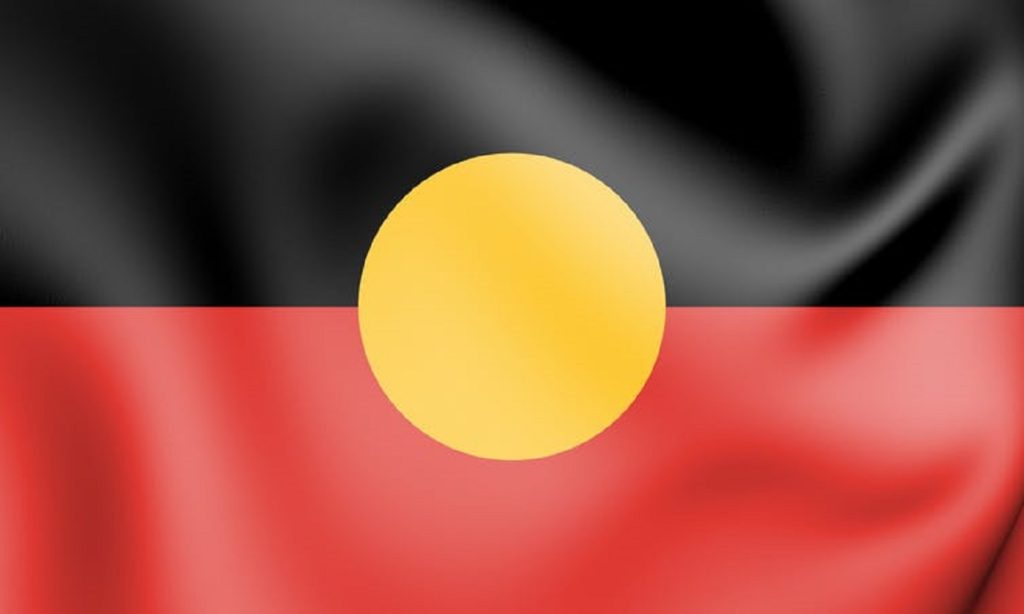Programs for Indigenous young men’s education are funded at a higher rate than for young women, writes Beth Madsen, Marnee Shay, and Sue Creagh, from The University of Queensland in this article republished from The Conversation.
The recent federal budget included A$39.8 million to expand the Clontarf Foundation’s Academy program for 12,500 Indigenous boys and young men.
The Clontarf Foundation aims to improve confidence in Indigenous young men, and help them finish school and find work.
A study conducted by one of us, Beth Madsen, (using data from the Australian government’s grants information system), has found the Clontarf Foundation received A$74,809,900 in federal grants between July 2014 and July 2019.
While Clontarf’s aim to support young men is important, it receives significantly more funding than other programs, including those that support young women.
What programs get funding?
Beth Madsen’s PhD study has been mapping funding to nine external service providers that aim to improve school attendance for Indigenous students across Australia. The nine programs each received federal grants of more than A$1 million between July 2014 and July 2019.
The programs received a total of $123,660,900 in funding for the same period. A program with the Clontarf Foundation, designed to work solely with Indigenous boys, was the top funded. The $74,809,900 in federal grants it received made up about 60% of the total funding across the nine programs.
Between 2014 and 2019, the federal government funded four programs (out of the nine studied) to work with young Indigenous women: the Girls Academy, run by Role Models and Leaders Australia ($12,100,000), the Stars Foundation ($16,324,000), the Shooting Stars Program, run by Glass Jar Australia ($8,800,000) and the Cairns Hockey Aspire to be Deadly Program ($3,124,000).
These programs combined received a total of $40,348,000 (around 33% of the total funding for the nine programs), a little more than half of what the Clontarf Foundation received. The remaining 7% of funding for these nine programs was for programs that work with both genders.
It’s important to note the Clontarf Foundation works with a larger number of young people than the four other programs combined. And some of the female-targeted programs have acknowledged their inspiration comes from the Clontarf Foundation’s reported successes.
Still, multiple programs must compete to attract grants to support Indigenous young women.
So, why are Indigenous boys’ programs receiving significantly higher funding than girls’ programs? Arguments Indigenous boys are being left behind in relation to school attendance and year 12 completion are not supported by the government’s own data.
According to the 2019 Closing the Gap report, school attendance for Indigenous girls is only 1.3% higher than attendance rates for Indigenous boys. The report also outlined only marginally more Indigenous young women (aged 20-24) are likely to have a Year 12 or equivalent qualification to their male peers — around a 3% difference.
Independent, Indigenous-led evaluation is crucial
Aside from the issue of the gender split of public funding, many have called for more comprehensive, transparent and easy-to-access data on how effectively public funded programs create positive outcomes over time. This evaluation should be independent and Indigenous-led.
A recent report by the Productivity Commission noted:
there continues to be limited evidence about the effectiveness of many policies and programs designed to improve outcomes for Aboriginal and Torres Strait Islander people.
A 2010 report on programs that aimed to improve school attendance and retention of Indigenous Australian students noted:
A review of the literature that evaluated which programs work to increase attendance or retention found that there were very few high-quality evaluations that had been conducted in this area.
Another study noted, in general, there was “a lack of rigour around the collection, reporting and evaluation of the value” of programs that aimed to improved outcomes of Indigenous students.
In short, many expert voices have called for greater monitoring and evaluation of publicly funded programs aimed at improving outcomes for Indigenous students.
There are endless possibilities for funding to be re-imagined to respond to local needs. Evidence, rigour and equity are crucial to ensuring funding is allocated to achieve the best results.
Beth Madsen, PhD Candidate (confirmed) and casual academic at the University of Queensland, The University of Queensland; Marnee Shay, Senior Lecturer and Senior Research Fellow, School of Education and Centre for Policy Futures, The University of Queensland, and Sue Creagh, Lecturer, The University of Queensland
This article is republished from The Conversation under a Creative Commons license. Read the original article.


